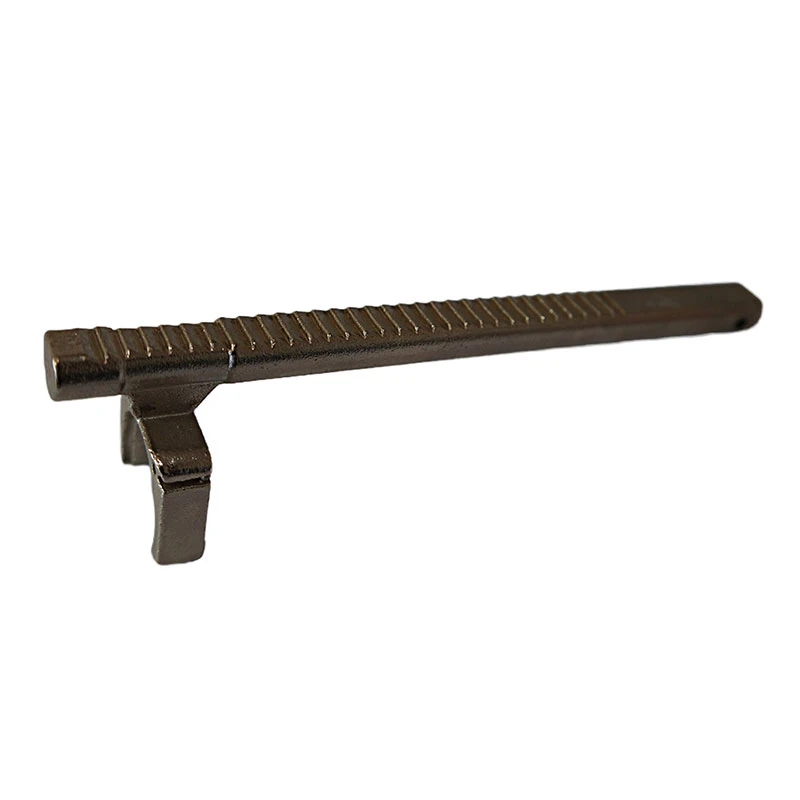Exploring the World of Die Casting Foundries and Their Impact on Manufacturing
The World of Die Casting Foundries An Overview
Die casting is a manufacturing process widely employed for producing complex metal parts with high precision and excellent surface finish. At the heart of this process is the die casting foundry, a specialized facility where metal parts are produced by forcing molten metal into molds (or dies) under high pressure. This technique offers numerous advantages and has become a cornerstone in various industries, including automotive, aerospace, electronics, and consumer goods.
The Die Casting Process
The die casting process begins with the selection of the appropriate metal, which is typically aluminum, zinc, magnesium, or copper alloys. The choice of metal depends on the desired properties of the final product, such as strength, weight, and corrosion resistance. Once the metal is selected, it is heated until it reaches its melting point, where it becomes a liquid state.
The next step involves injecting the molten metal into a pre-manufactured die. These dies are usually made of hardened steel and designed to hold the shape of the part being produced. The high pressure, often exceeding 10,000 psi, ensures that the metal fills all cavities of the mold, capturing even the most intricate details. After the mold is filled, the metal is allowed to cool and solidify, after which the die is opened, and the finished part is ejected.
Advantages of Die Casting
Die casting foundries provide several advantages over other manufacturing methods such as sand casting or machining. One of the most significant benefits is the ability to produce parts with very tight tolerances and complex geometries, which can reduce the need for additional machining processes. Additionally, because the die casting process is highly automated, it allows for high production rates, making it cost-effective for mass production.
Moreover, die casting contributes to reduced waste since the process involves a closed-loop system where excess metal can be recycled and reused. The smooth surface finish achieved through die casting also often eliminates the need for secondary finishing operations, further reducing production costs and time.
die casting foundry

Applications Across Industries
Die casting foundries cater to a wide range of industries. In the automotive sector, die casting is used to manufacture components such as engine blocks, transmission cases, and various suspension parts. These components benefit from the high strength-to-weight ratio provided by die-cast aluminum and magnesium.
In the aerospace industry, die casting is employed to produce intricate parts that must meet stringent safety and durability standards. The lightweight and corrosion-resistant properties of die-cast components provide significant advantages in aircraft manufacturing.
The electronics industry also relies on die casting for producing housings and components with precise dimensions and excellent thermal management properties. Consumer goods, such as appliances and furniture, further showcase the versatility of die casting, allowing designers to create aesthetically pleasing and functional parts.
The Future of Die Casting Foundries
As technology continues to advance, the die casting industry is poised for growth and innovation. The integration of Industry 4.0 concepts, such as automation, data analytics, and artificial intelligence, is expected to improve efficiency and predictability in die casting foundries. Furthermore, the increasing demand for lightweight and durable materials in electric vehicles and renewable energy technologies is driving the development of new metal alloys and processes, opening new avenues for die casting applications.
In conclusion, die casting foundries play a crucial role in modern manufacturing by producing high-quality metal parts efficiently and sustainably. As industries evolve and new challenges arise, die casting will remain a key technology—ensuring that the foundries continue to adapt and innovate in an ever-changing market landscape.
-
OEM Sand Cast Pump Valve Fittings - Baoding Hairun | Precision Engineering, CustomizableNewsJul.30,2025
-
OEM Sand Cast Pump Valve Fittings - Baoding Hairun Machinery And Equipment Trading Co., Ltd.NewsJul.30,2025
-
OEM Sand Cast Pump Valve Fittings - Baoding Hairun Machinery And Equipment Trading Co., Ltd.NewsJul.30,2025
-
OEM Sand Cast Pump Valve Fittings - Baoding Hairun Machinery|Precision Engineering&Fluid ControlNewsJul.30,2025
-
OEM Sand Cast Pump Valve Fittings - Baoding Hairun Machinery And Equipment Trading Co., Ltd.NewsJul.30,2025
-
OEM Sand Cast Pump Valve Fittings-Baoding Hairun Machinery And Equipment Trading Co., Ltd.NewsJul.30,2025















